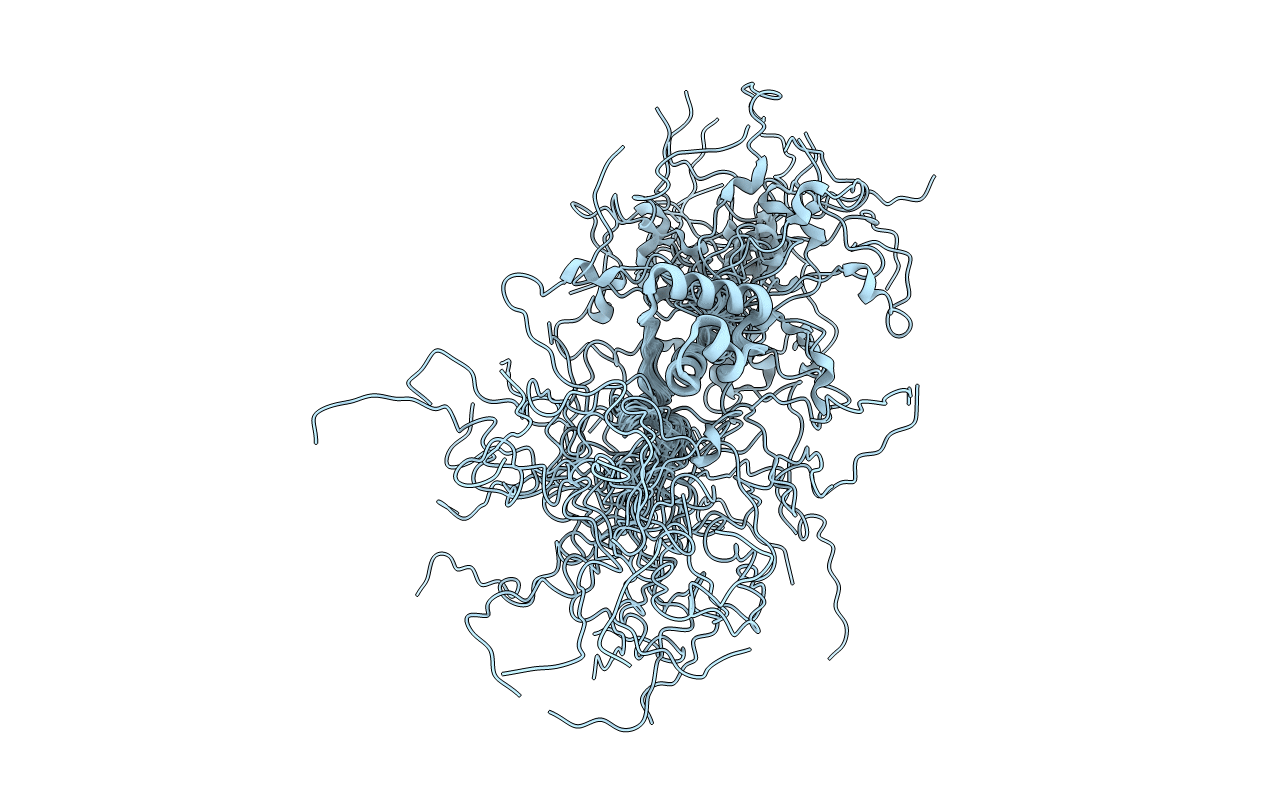
Deposition Date
2017-04-22
Release Date
2017-09-20
Last Version Date
2024-05-15
Entry Detail
PDB ID:
5NR5
Keywords:
Title:
NMR structure and 1H, 13C and 15N signal assignments for Dictyostelium discoideum MATA protein
Biological Source:
Source Organism:
Dictyostelium discoideum (Taxon ID: 44689)
Host Organism:
Method Details:
Experimental Method:
Conformers Calculated:
50
Conformers Submitted:
30
Selection Criteria:
structures with the lowest energy


